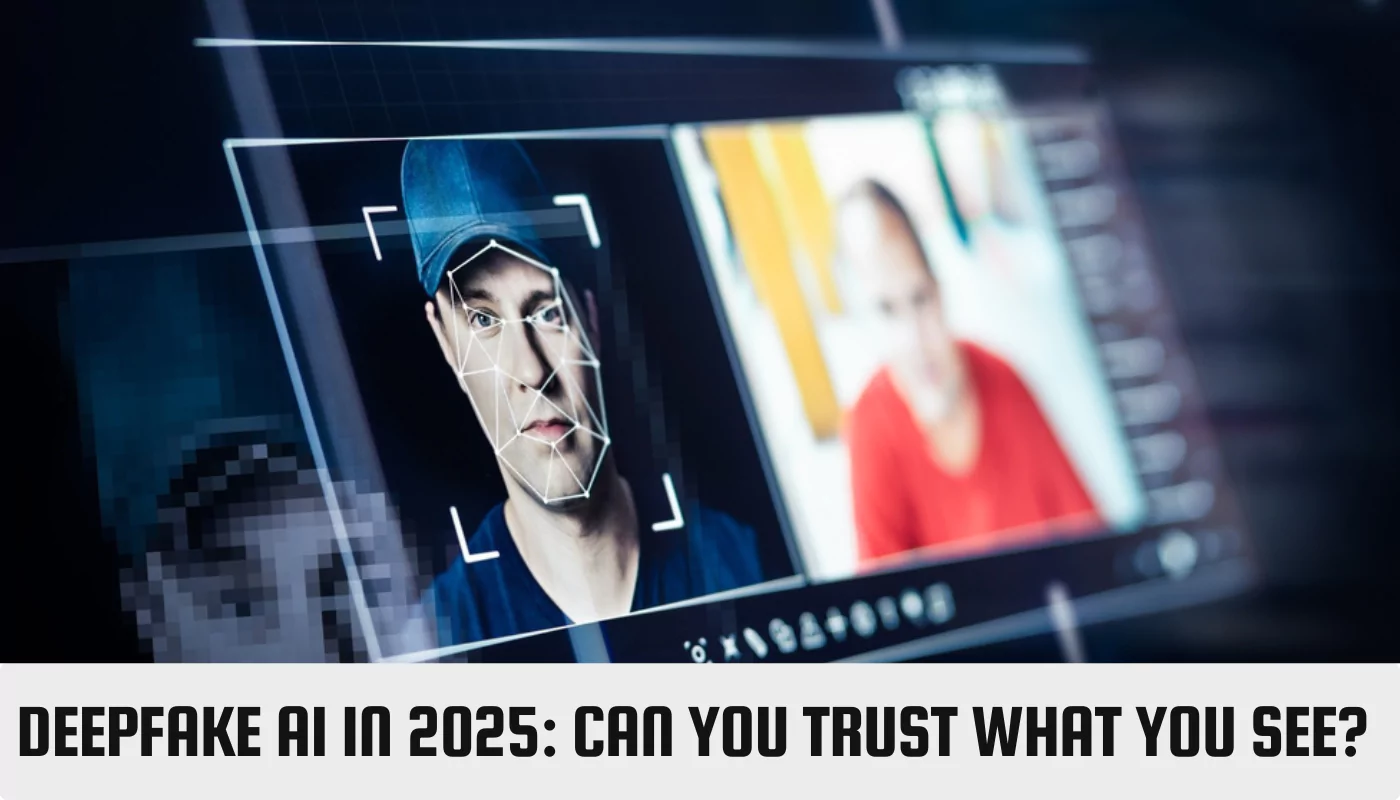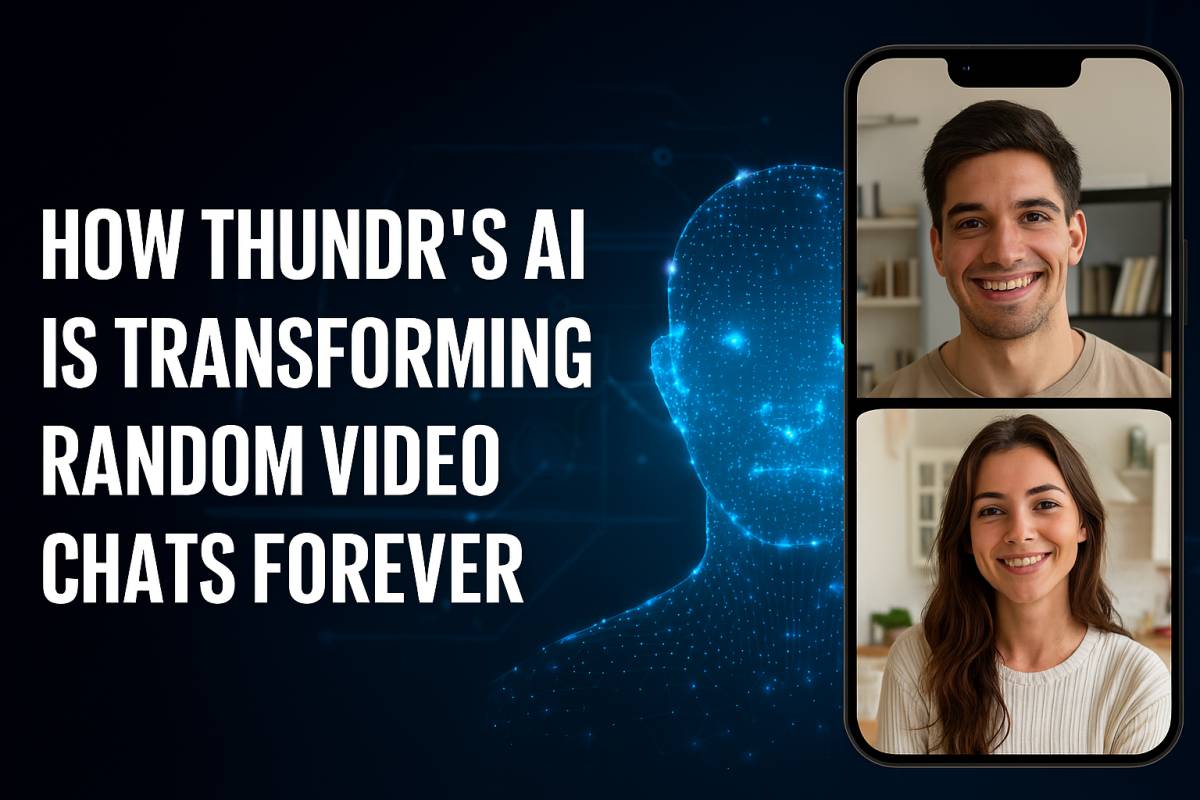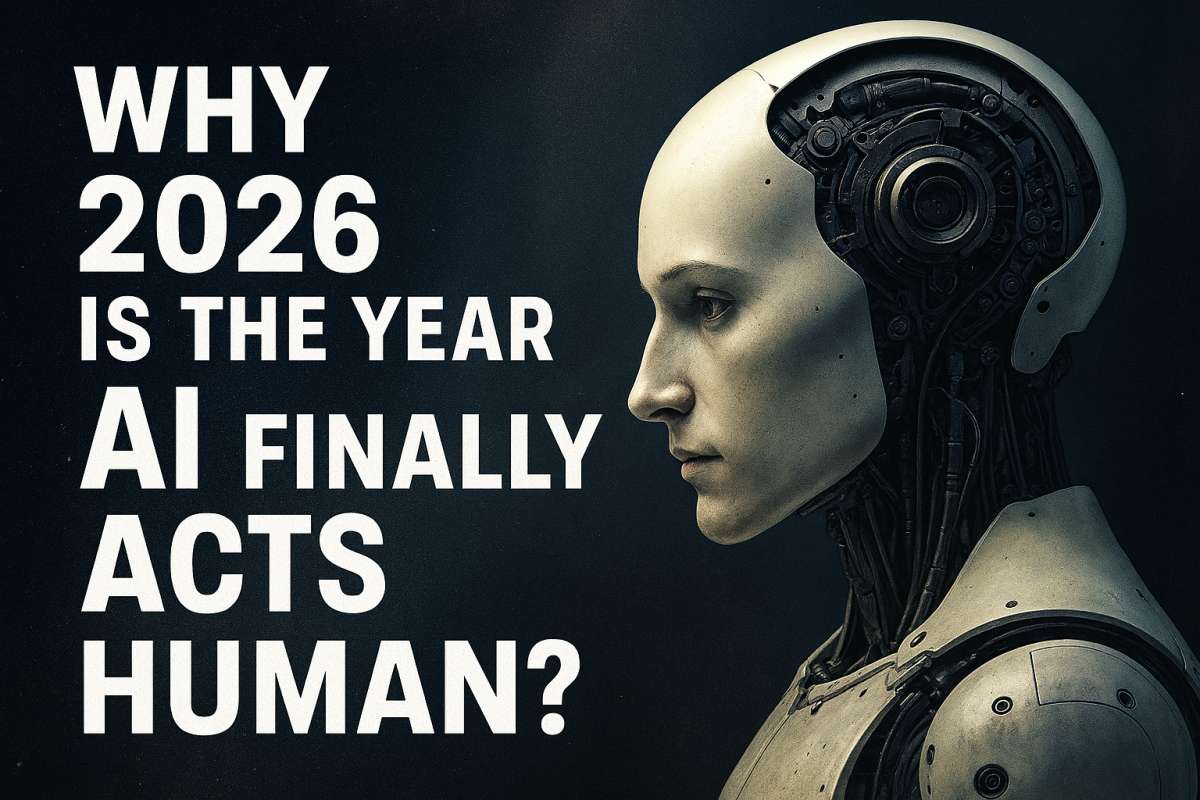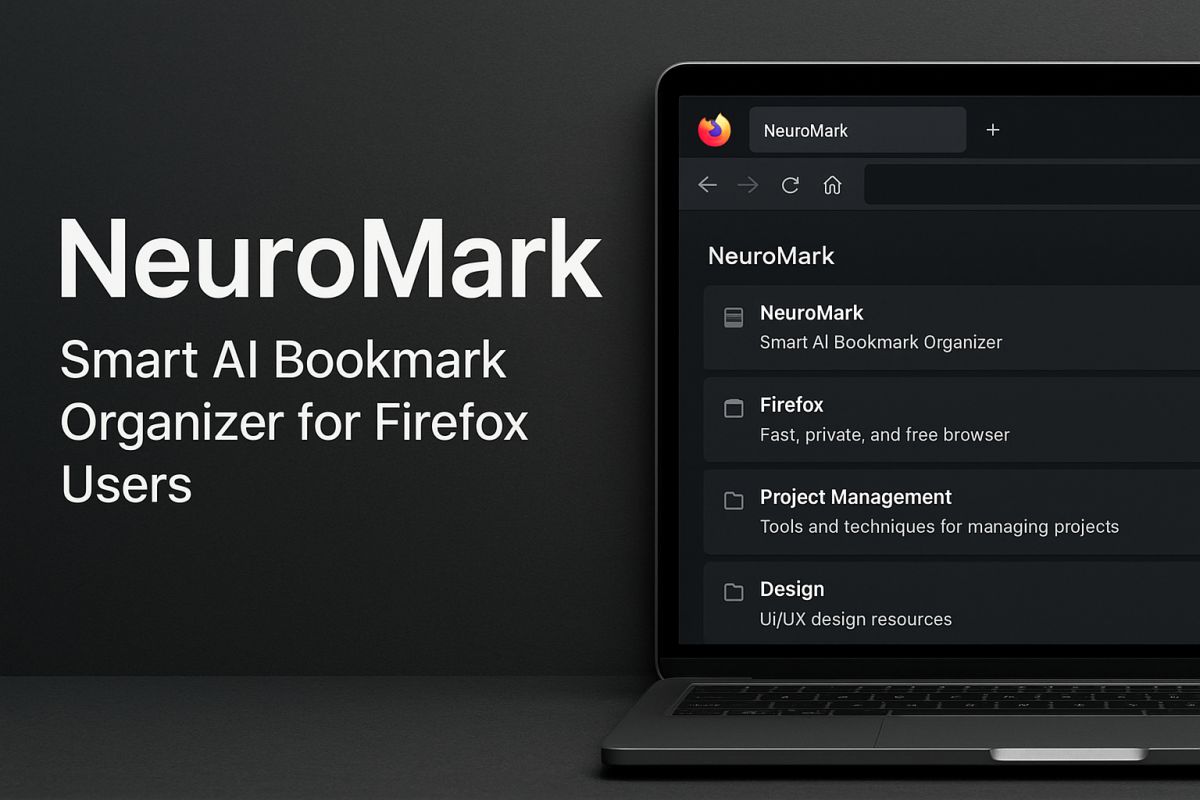Deepfake AI in 2025: Can You Trust What You See?

Can you really believe your eyes these days? Deepfakes, powered by artificial intelligence, make it harder than ever to know what’s real. This article explores the growing problem of deepfakes in 2025 and what we can do about it.
What are Deepfakes?
Deepfakes use powerful computers to create fake videos or images. They take a real person’s face and put it onto someone else’s body. Or, they can make a person say or do things they never did. The results can look incredibly real, fooling even experts. Think of it like a super-realistic version of photo editing, but for videos too.
How Deepfakes Work
Deepfakes use a type of AI called deep learning. The computer learns by looking at tons of pictures and videos of a person. It figures out how their face looks from different angles, how they move, and how they talk. Then, it can use this knowledge to create a fake video. It’s like the computer is becoming a master impersonator.
The Rise of Deepfakes
Deepfakes started as a fun, techy experiment. But they quickly became a serious problem. As technology gets better, deepfakes become more convincing and easier to make. This means more people can create them, and they can spread quickly online.
The Dangers of Deepfakes
Deepfakes pose many dangers. They can damage someone’s reputation by putting words in their mouth or showing them doing something bad. They can spread false information, confusing people and even influencing elections. Imagine a fake video of a politician saying something controversial right before an election. This could sway voters based on lies.
Deepfakes can also be used for harassment. Someone could create a fake video of a person doing something embarrassing. This can cause a lot of emotional pain. Deepfakes can also make it harder to trust anything you see online. If you can’t be sure a video is real, how can you know what to believe?
Deepfakes and the 2025 Landscape
By 2025, deepfakes will likely be even more sophisticated. They might be harder to detect, and they could be used in more subtle ways. For example, a deepfake might not be completely fake. It could just change a few words in a real video, making it look like someone said something they didn’t. This kind of manipulation is hard to spot.
We might also see deepfakes used more in everyday life. Imagine a scammer using a deepfake of a trusted person to trick you into giving them money. Or, think about the impact on the news. If news reports include deepfakes, how can we trust the information we receive?
Fighting Back Against Deepfakes
Luckily, people are working on ways to fight back against deepfakes. One approach is to develop technology that can detect deepfakes. This technology would analyze videos and look for telltale signs that they have been manipulated. It’s like a digital detective looking for clues.
Another approach is to educate people about deepfakes. If people understand how deepfakes work and what the dangers are, they will be less likely to be fooled by them. This means teaching people to be critical thinkers and to question what they see online.
Some companies are also developing tools to help identify deepfakes. These tools might be built into social media platforms or news websites. They could warn users when they are viewing a potentially fake video.
The Role of Social Media
Social media platforms have a big responsibility in the fight against deepfakes. They need to find ways to detect and remove deepfakes from their platforms. They also need to help educate users about the dangers of deepfakes. This could involve adding labels to videos that are suspected to be deepfakes or providing users with information about how to spot them.
The Importance of Media Literacy
Media literacy is more important than ever. This means having the skills to understand and evaluate different types of media. It includes being able to identify bias, recognize fake news, and understand how deepfakes work. Schools and communities can play a role in teaching media literacy.
What You Can Do
Even you can play a part in combating deepfakes. Be skeptical of what you see online. Don’t automatically believe everything you see, even if it looks real. Check multiple sources before sharing information. If something seems too good to be true, it probably is.
Think about the source of the video. Is it from a trusted news organization? Or is it from an unknown source? Look for clues that the video might be fake. Does the person’s face look unnatural? Do their lips move correctly with the words they are saying?
If you see a video that you think might be a deepfake, don’t share it. Sharing deepfakes, even accidentally, can contribute to the problem. Instead, report the video to the platform where you saw it.
The Future of Deepfakes
Deepfakes are a serious and growing problem. They have the potential to damage reputations, spread misinformation, and erode trust in the media. But, by developing detection technology, educating people, and promoting media literacy, we can fight back against deepfakes. It’s a challenge, but it’s one we must face to protect the truth and maintain a healthy society. The fight against deepfakes is not just about technology. It’s about critical thinking, responsible sharing, and a commitment to truth. It’s about all of us working together to make sure that we can still trust what we see.









